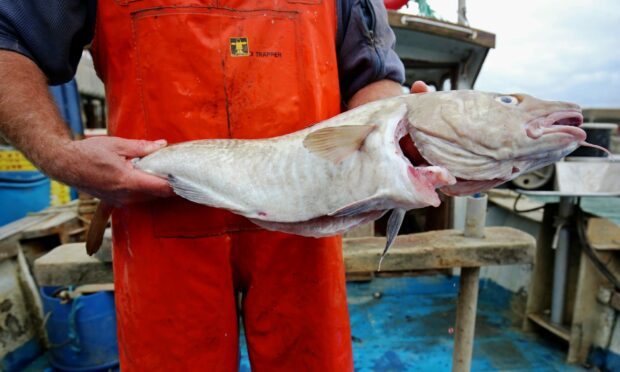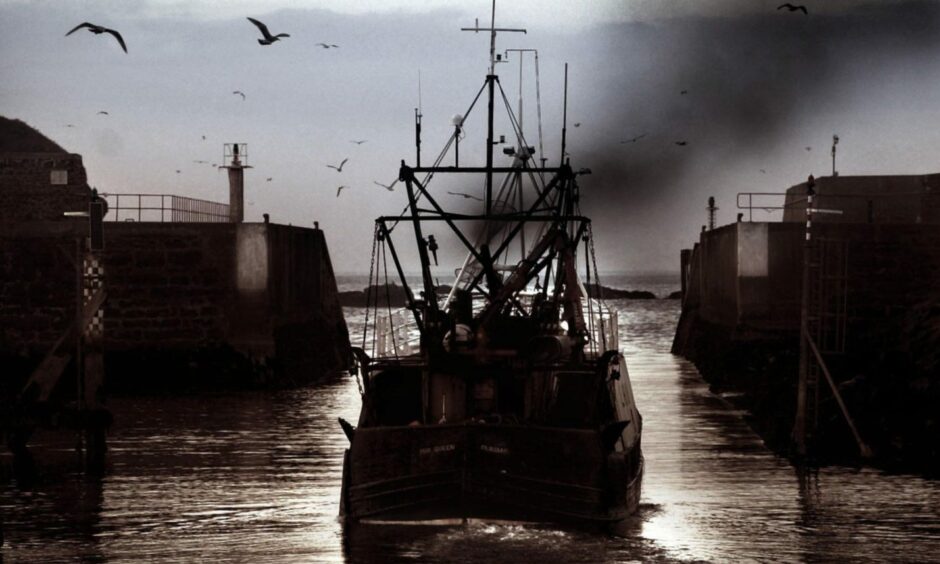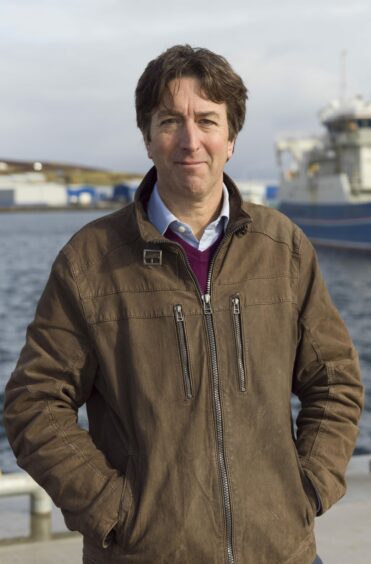Scottish fishers have claimed a new guide telling consumers what fish they can safely eat and which they should avoid in terms of sustainability has got it “completely wrong” on cod.
The Marine Conservation Society (MCS) has released its biannual update to the Good Fish Guide, the environmental charity’s “one-stop-shop for sourcing ocean-friendly seafood”.
Species are rated either green amber or red in a traffic-light assessment of the health of stocks.
A total of 21 species, including coley and prawns from the North Sea, and trawled Arctic cod and haddock, have suffered a fall from grace in the latest list.
Some new species added to the guide went straight to the red list, including UK-caught squid, which has no management in place to help protect stocks.
All cod populations in UK seas are at “low levels” and most are “declining further”, MCS said, adding: “All ratings for cod, one of the UK’s favourite fish to eat, either failed to improve or got worse.”
But Shetland Fishermen’s Association (SFA) Simon Collins disputed the verdict on cod.
Mr Collins said: “This guide has got it completely wrong – cod stocks are at record levels in the North Sea.
“Consumers are being given misleading information in an irresponsible fashion.
“Thankfully, judging by the continued high demand for cod, they appear to have more respect for our industry.
“Those who compile these publications should leave their cosy offices and join a Shetland skipper at sea.
“These guys risk their lives to go out to sea every day to feed the population healthy and nutritious seafood.”
Consumers are being given misleading information in an irresponsible fashion.”
Simon Collins, Shetland Fishermen’s Association.
Mr Collins said too many stock assessments were “based on erroneous computer models and not the reality of conditions on the grounds where stocks are at the highest level for generations, if not ever”.
Gareth Cunningham, head of fisheries and aquaculture, MCS, said: “As a newly independent coastal state, and on a global stage in the run-up to COP26, we have the opportunity to show real leadership and be the first nation in the world to set a course to deliver sustainable fisheries.
Climate change
“The UK’s waters are changing due to the impacts of climate change.
“Whilst some species may flourish in warming waters under the right management, others will not fare so well.”
Meanwhile, SFA chairman James Anderson – skipper of the Lerwick-registered Alison Kay – has warned some boats may go out of business if politicians drive down cod quotas.
Based on a formula bitterly contested by SFA, the International Council for the Exploration of the Seas (Ices) – which advises governments on catch limits – is recommending a 10% cut in the North Sea cod quota next year.
There has never been so much cod out here.”
James Anderson, skipper of the Alison Kay.
A 30% increase would still allow the stock to grow substantially in size, according to SFA.
The association recently published an analysis of Ices’ figures suggesting a doubling of the total allowable catch for 2022 would allow the stock to grow by 24%.
“There is a fundamental misunderstanding of the dynamics at play here among the powers that be,” said Mr Anderson, while fishing south of Foula.
Mixed fishery
“There has never been so much cod out here – it is part of a mixed fishery, so you can’t help but bring it up in your nets.
“But because the quota has been slashed over the years you quickly catch your fill and that has a knock-on effect, preventing you catching other species for which you still have quota.”
Mr Anderson said it was the “ridiculous” outcome of policymaking by people with little understanding of the industry.
Younger crews ‘will really suffer’
“It is going to send boats to the wall”, he warned, adding: “Younger crews who have taken on a lot of debt to finance their boats and gear will really suffer.
“The choice is clear – a successful fleet or one that is emasculated because of utterly misguided decision-making.”
According to fishers, there are far more cod on the grounds than in the late 1990s when the quota was 10 times the size it is now.












